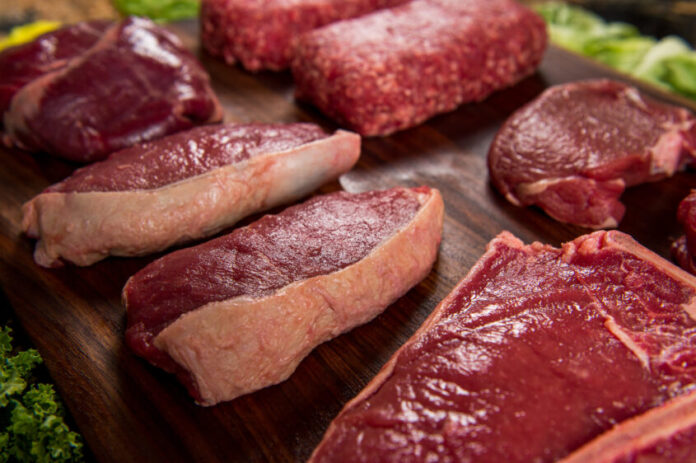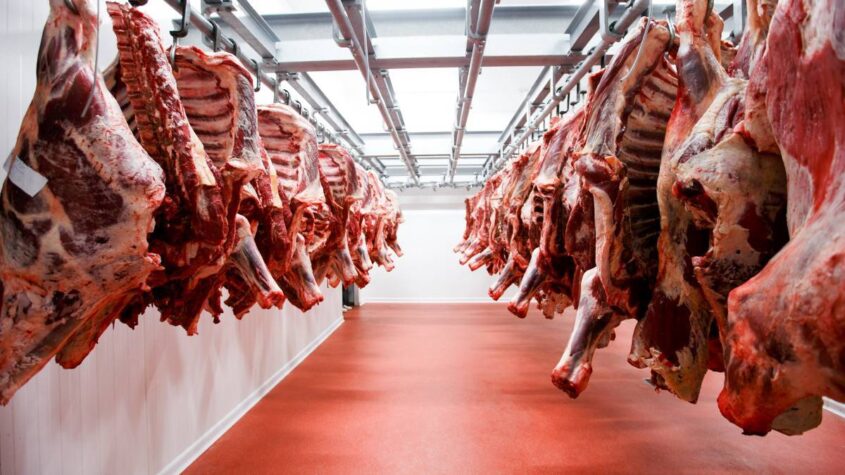
As any real Italian chef will tell you, great Italian food isn’t just about the recipe — it’s also about the ingredients. No matter how careful you are with time, temperature, and seasoning, you’re never going to get a proper Bolognese sauce if you aren’t using fresh, ripe tomatoes; and even the most careful methods can only go so far if your herbs and garlic are stale.
This is especially true when it comes to meat. Italian classics like Beef Braciole and Osso Buco get their characteristic flavors from meat, and you won’t be able to bring them off properly if you aren’t using high-quality meats that have been raised and processed in the right way.
Unfortunately, too many amateur cooks who are trying these recipes for the first time don’t know much about meat sourcing and tend to assume that all meats of a certain cut are basically the same. This leads them to buy whatever they find in the butcher section of their supermarket, often settling on inferior products.
If you want to get the most out of your favorite Italian recipes, however, you’re going to need to learn how to find the high-quality meats that are the heart and soul of so many classic Italian dishes. To that end, here are four great tips for sourcing gourmet meat:
1. Buy Local

When it comes to finding the best pork belly for your carbonara, or the perfect Italian sausage, the easiest way to make sure you’re buying quality is by buying local.
The greater the distance food has to travel to get to you, the less fresh it’s going to be. Buying local not only supports local farms, but it also helps you put better meat on the table.
Buying local can be difficult, though, and especially if you live in a city, which is why you might want to consider signing up for a fresh meat delivery subscription that focuses on connecting you with products from within your home province or state.
2. Support Artisanal Producers

The industrial food system is infamous for the ways it has mechanized the raising, slaughtering, and processing of beef, pork, chicken, and fish. This might make it easier for fast food restaurants to churn out burgers, but it doesn’t create the kind of meat you want to use as the basis for a Sugo all’Amatriciana.
Supporting smaller-scale, more artisanal farms is a great way to ensure that the meat you’re getting has been raised with care and in an environmentally responsible way, which is why you should consider buying from companies that make a point of working with artisanal producers to bring you the best quality.
For example, when you buy a meat box from trulocalusa.com you can easily find out exactly where your meat came from, because they offer complete transparency about which farms and producers they work with. They also source their product specifically from local farms specializing in more artisanal approaches, so you can be sure you’re getting the best of the best.
3. Choose Grass-Fed Beef

Grass-fed beef has quickly established itself as the gold standard in kitchens across America, and if you want to give your favourite beef dishes an extra zest, using beef that has been raised solely on a diet of grass and forage is a great way to do so.
Most beef cattle spend their first year or so of life eating from a pasture or range before being moved onto a grain-based diet to speed growth. This changes the composition of the meat, however, making it more calorically dense and reducing the amount of healthy fat. For this reason, switching to grass-fed isn’t just a good decision from a culinary perspective — it can also be better for your health.
4. Learn What Makes Good Meat Different from Great Meat

If you really want to invest in your cooking skills, nothing pays off in the long run like taking the time to do actual research into the science of food preparation.
Understanding wherein the animal a cut of meat comes from, what properties it has, and the time-honored methods of cooking associated with it is a great way to start, but this is really only the beginning: once you know the basics, you can start to get a sense for the differences between different breeds of cow, chicken, or pig, and the unique properties of regional varietals.
Finally, you’ll be able to understand how things like the environment and diet play a role in shaping the overall flavor, texture, and value of a piece of meat. Once your palate is advanced enough to taste the difference between meat that has been raised on grass vs. grain, for example, you’ll also gain a new appreciation for the famous Iberico pigs of Spain that are raised on acorns.
So if you’ve ever wondered what the real difference between a $5 steak and a $25 steak is, taking the time to study up on the scientific and cultural histories behind your favorite meats is a great way to learn how to be a better cook — and to become a more discerning shopper in the process!
For those who have fallen in love with Italian cooking, part of the pleasure lies in the care and sense of tradition that lies behind even the simplest of dishes. When you take the time to perfect a Stracotto al Chianti, you aren’t just preparing a nourishing meal for your family, you’re also participating in an ancient cuisine that connects you to generations of cooks that have gone before.
If you want to enjoy your favourite meals as they were meant to be, finding the right cuts of meat and only using the highest quality is essential. And if you want to find easy ways to tell the difference between good and bad, remember that one of the most basic rules to follow is to only buy meat that is local, artisanal, and produced as naturally as possible.











